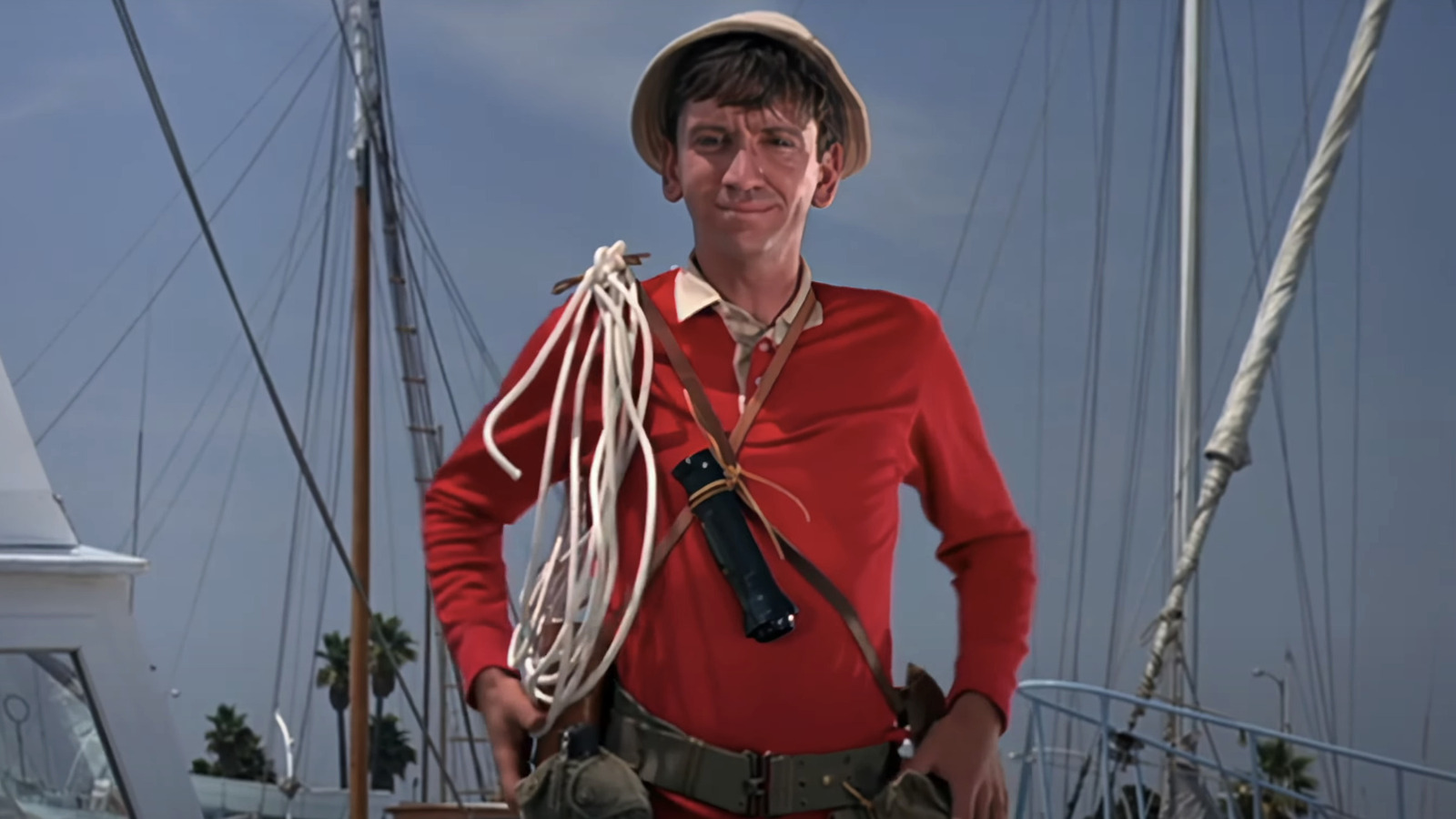
In an unexpected turn of events, the beloved theme song of “Gilligan’s Island” became the focal point of a bizarre legal battle involving billionaire Bill Gross and his neighbor. The song, “The Ballad of Gilligan’s Isle,” originally composed by Sherwood Schwartz and George Wyle, has long been associated with the iconic sitcom that first debuted in the 1960s. When “Gilligan’s Island” transitioned to color for its second season in 1965, the theme underwent some changes, including the notable addition of character names like “The Professor” and “Mary Ann.”
Fans of the show undoubtedly remember the catchy tune and its humorous summary of the characters’ plight. Yet, for one couple in Laguna Beach, this nostalgic song took a darker turn. Bill Gross, famed financier and former head of PIMCO, had recently become embroiled in a feud with his neighbor, Mark Towfiq, the CEO of a data center development firm. The real estate skirmish began when Gross and his partner Amy Schwartz installed a striking glass sculpture in their backyard. After the installation of a protective net surrounding the piece, Towfiq and his wife, Carol Nakahara, claimed that their ocean view was obstructed. They reported the situation to city officials, resulting in a ruling that the installation violated city codes.
Instead of quietly resolving the issues raised, Gross resorted to a more theatrical method of retaliation. According to allegations, he began blasting the “Gilligan’s Island” theme song on a loud loop, seemingly as an act of psychological warfare against Towfiq and Nakahara. The lawsuit filed by the couple included disturbing claims that Gross and Schwartz were not just making noise but also engaging in provocative behavior, including dancing and making gestures to mock their neighbors.
The back-and-forth legal entanglement escalated, with Gross filing his own complaint against Towfiq and Schwartz countering with claims of harassment. The entire ordeal appeared to spiral into a petty display, where the once-innocent theme song became a soundbite of discord.
As the saga unfolded, Towfiq sought a simple resolution by requesting Gross turn down the volume, only to receive a rather dismissive message in return. With their attempts to come to a truce failing, the situation only fueled the flames of their neighborhood dispute. While Gross may have attempted to claim vindication with a statement regarding the approval of his art piece, it became clear that the netting was merely a symptom of the underlying issues.
Eventually, the legal outcomes favored Towfiq and Nakahara, as court rulings found Gross had indeed harassed his neighbors with his noise tactics. Ultimately, Gross was compelled to remove the ill-fated netting and refrain from illuminating his sculpture late into the night. He and his wife even faced community service for their failure to abide by noise regulations.
This bizarre case not only tarnished the legacy of the “Gilligan’s Island” theme song for those involved but also served as a reminder that even billionaires can engage in remarkably juvenile disputes. While one can only wonder what Schwartz would have thought of his creation being misused in such a way, the enduring spirit of “Gilligan’s Island” continues to shine through as one of television’s most memorable comedies.




